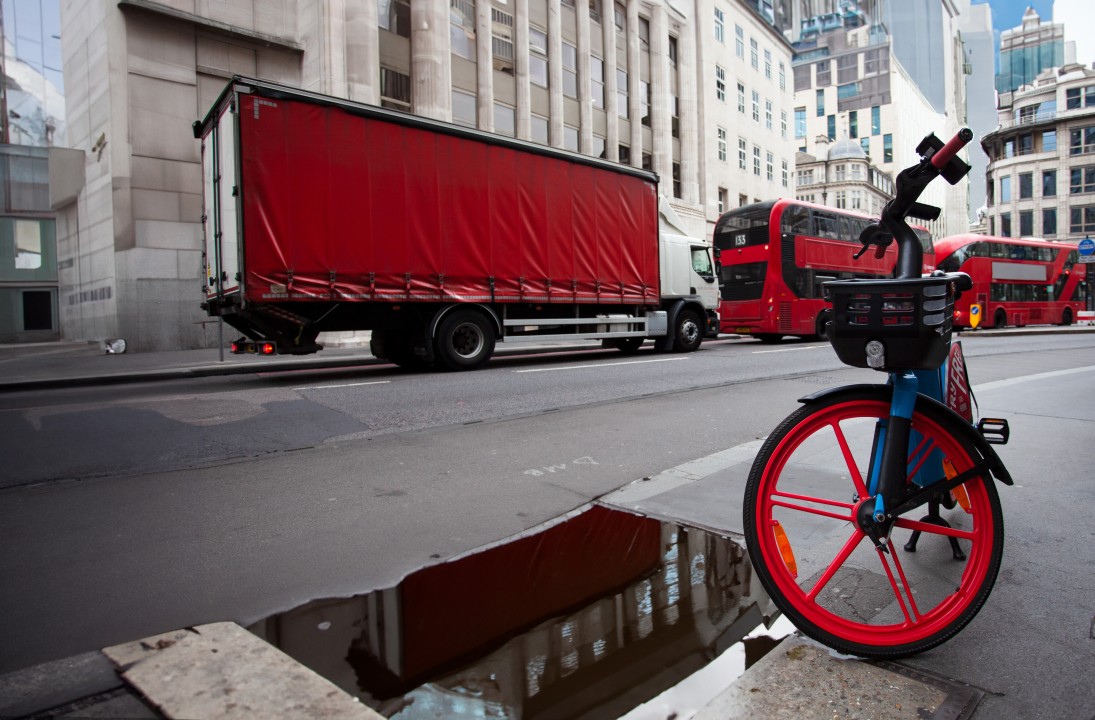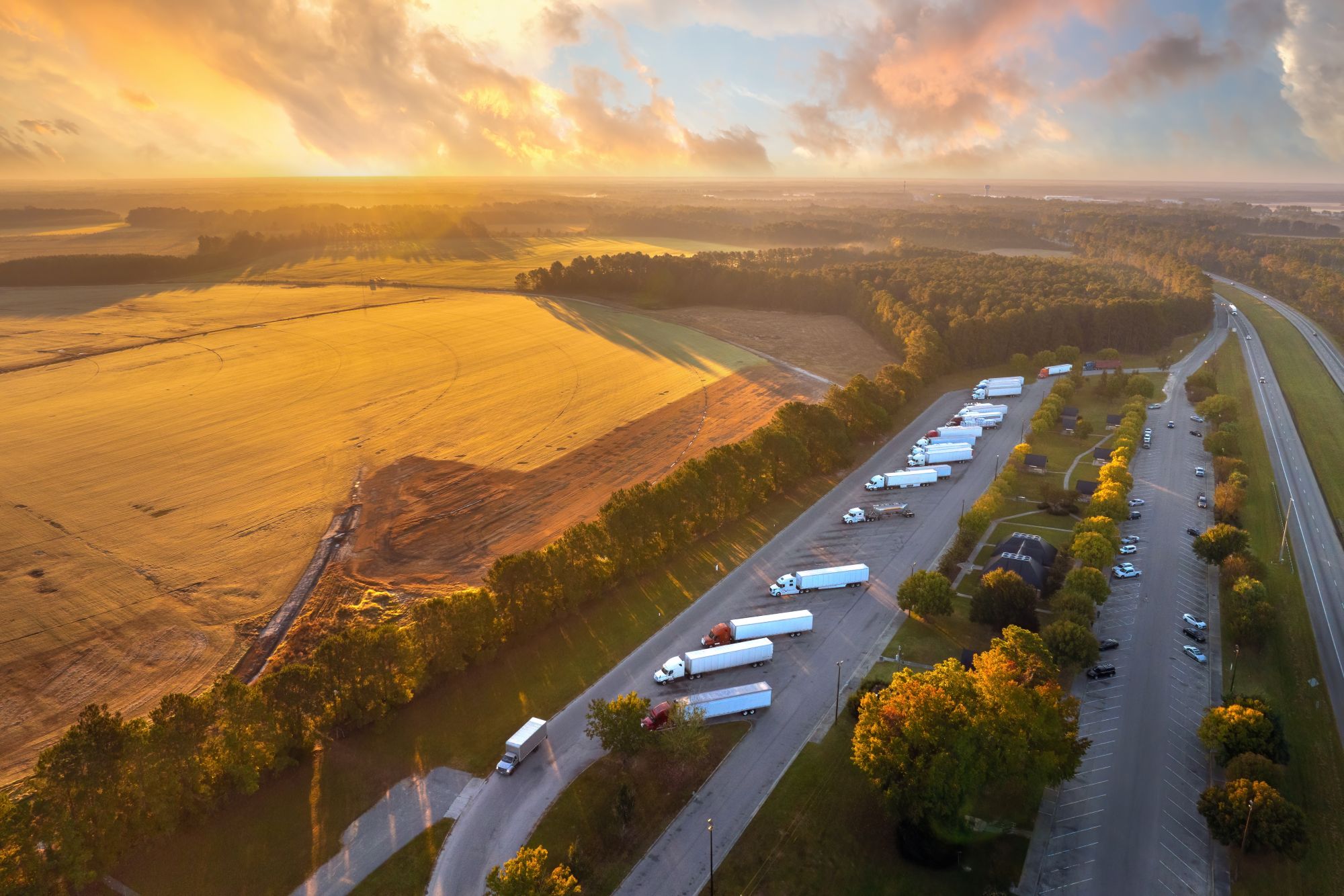
Susie Jones
Razkritje petih mitov o prevozih s tovornjaki
Ustvarjeno: 19. 08. 2024
•
Posodobljeno: 19. 08. 2024
Vožnja tovornjakov je že stoletja hrbtenica svetovne trgovine, saj po vsem svetu dostavljajo blago in osnovne potrebščine. Kljub svoji bistveni vlogi pa je tovornjakarstvo že dolgo zavito v mite in napačne predstave.
Čeprav nekatere od teh mitov jemljemo s ščepcem soli, lahko nekateri škodujejo panogi tovornega prometa in tistim, ki v njej delajo. Zato je nadvse pomembno, da te napačne predstave ovržemo in tako zagotovimo, da vožnja tovornjaka ostane privlačna poklicna izbira tudi za prihodnje generacije. Našo skupnost voznikov na Facebooku smo povprašali o nekaterih največjih mitih, ki so jih slišali v času svoje poklicne poti.
1. Vozniki tovornjakov ves dan sedijo
"Vozniki tovornjakov ves dan samo sedijo." Fraza, ki jo pogosto slišimo pri vozniku tovornjaka Luku.
Svet tovornega prometa je več kot le vožnja. Vozniki tovornjakov pogosto sodelujejo z drugimi na terminalih, v dokih in skladiščih pri razkladanju in natovarjanju tovora. Tudi za volanom ni vse gladko. Vozniki tovornjakov se morajo osredotočiti na manevriranje z vozili in upoštevati stroge predpise o tahografih. Dobro poznavanje območij, po katerih lahko vozijo in po katerih ne, je nujno, prav tako pa se morajo zavedati morebitnih nevarnosti.
2. Vsi vozniki tovornjakov so moški
To je zastarel stereotip, ki ne odraža sodobne realnosti tovornega prometa. V zadnjem času se je razmerje med moškimi in ženskimi vozniki tovornjakov precej spremenilo. Leta 2021 so voznice predstavljale le 1 % od 315.000 voznikov tovornjakov v Združenem kraljestvu. Vendar se to število iz leta v leto povečuje, saj se panoga razvija in sprejema vključevanje. Voznice, kot je Jodi Smith, so neprecenljive zagovornice žensk v panogi. Jodi na spletu dokumentira svoje izkušnje s tovornjaki in tako navdihuje druge, da se usedejo za volan.
3. Vsak lahko vozi tovornjak
Mnogi domnevajo, da če lahko vozijo avtomobil, lahko vozijo tudi tovornjak. Vendar pa vožnja tovornjaka zahteva edinstven nabor spretnosti, ki morda ni primeren za vsakogar. Za upravljanje tovornega vozila je treba pridobiti potrdilo o poklicni usposobljenosti voznika (CPC). Za pridobitev CPC morajo vozniki opraviti pet preizkusov:
Teorija
Študija primera
Terenske vaje
Vožnja na cesti
Praktični prikazi
Poleg tega je vožnja tovornjaka način življenja, ki ni za vsakogar - z dolgimi urami na cesti, ki pogosto predstavljajo nepričakovane izzive.
4. Zavorna pot
"Vozniki avtomobilov menijo, da je zavorna pot težkega tovornega vozila enaka zavorni poti osebnega avtomobila" je Paul, voznik tovornjaka, slišal že prevečkrat.
Zavorna pot tovornjaka se zaradi več dejavnikov bistveno razlikuje od zavorne poti avtomobila: - Teža: celotna teža naloženega tovornjaka je večja kot pri običajnem avtomobilu, kar pomeni, da je za upočasnitev in ustavitev potrebna večja sila.
- Mehanika: zavorni sistem tovornjaka je prilagojen težkim tovorom, kar pomeni, da ima večje in robustnejše osi in zavorne komponente, kar pomeni daljši odzivni čas in večjo zavorno pot.
Pri hitrosti 60 km/h potrebuje tovornjak za zaviranje 132 m v primerjavi s 73 m pri osebnem avtomobilu, zato je pomembno, da pri močnem zaviranju med seboj in tovornjakom pustite dovolj prostora.

5. Tovornjakarji so umazani
Vozniki tovornjakov so skozi leta dobili stereotip, da so umazani in leni, kar je nepravična posplošitev. Številni vozniki, ki vozijo na dolge razdalje, veliko časa preživijo zunaj doma in v svojih kabinah, kar pomeni, da sta njihova higiena in čistoča kabine prednostna naloga.
Za boljše razumevanje poklica voznika tovornjaka je treba razbliniti mite in napačne predstave o njem. Razkritje nekaterih pogostih mitov bo ustvarilo privlačnejšo panogo za prihodnje generacije in povečalo ozaveščenost o voznikih tovornjakov kot visokokvalificiranem poklicu, ki ima pomembno vlogo v našem gospodarstvu.
Ali je tovornjakarstvo osamljeno?
Preden se odločite za poklic voznika tovornjaka, morate razumeti, kaj to delo vključuje. Številni vozniki tovornjakov se spopadajo z osamljenostjo - dolge ure na cesti brez komunikacije so za nekatere težke, za druge pa sanje.
Poleg tega lahko čas odsotnosti od bližnjih za marsikoga pomeni velik davek. Vendar pa je za voznike postalo lažje komunicirati s prijatelji in družino prek telefona ali video klica. Voznikom tovornjakov je na voljo tudi veliko forumov in koristnih nasvetov za lajšanje osamljenosti.
Ali ima lahko voznik tovornjaka drugo službo?
Ker se Združeno kraljestvo sooča s krizo življenjskih stroškov, vse več voznikov razmišlja o drugi zaposlitvi. Vendar pa je druga zaposlitev povezana s težavami in tveganji, zlasti v svetu tovornega prometa. Vozniki morajo pred nadaljnjim delom razmisliti, ali v njihovem podjetju obstaja politika sekundarne zaposlitve.
Podjetja in upravljavci morajo pri oblikovanju politike sekundarnega zaposlovanja upoštevati učinke na uspešnost, prisotnost in utrujenost voznikov. Ne smemo pozabiti na ohranjanje skladnosti s pravili o urah in delovnem času voznikov.



